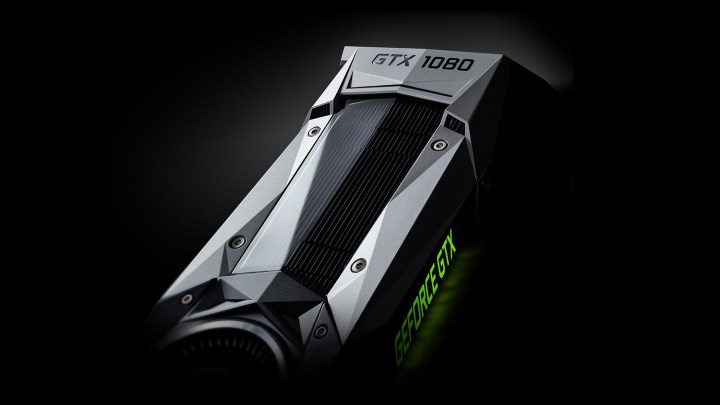
Although hardly known for their gaming capability, Apple desktop systems used to have the option for a PCIExpress graphics card. However, that has not been the case since 2013, when Apple released the Mac Pro cylinder design. Since then, everything has had an onboard graphics processor (GPU) of some kind, but perhaps not in the future.
That would be a big win for Nvidia if it was the case. It doesn’t have anywhere near the stake in the onboard graphics chip market that AMD and Intel have, but it does control a majority of the add-in GPU market. If Apple were to start offering upgradeable graphics cards to Mac Pro users in the future, Nvidia would likely benefit the most.
With that in mind, there is the possibility that Nvidia has made this announcement to try and court Apple. Knowing that the Cupertino, California, company is considering changing up the design of its Mac Pro significantly, it could be that Nvidia is making it clear that it’s willing to play ball with Apple and should the company need desktop-grade graphics cards, it will be ready and willing to support it.
Of course, there is also the possibility that Nvidia is instead marketing its Pascal cards to the niche Hackintosh community, as well as those running older Mac Pro towers — though that latter group would likely see severe CPU bottlenecking if they opted for anything close to top-end Pascal cards.
Hackintosh users aren’t too common but as Anandtech points out, it is a vocal one, so perhaps Nvidia has heard its calls and wants to solidify its dominance with desktop GPUs in all markets.
That could be reason enough for Nvidia to make this move. Keeping its hardware working everywhere its wanted keeps it in the forefront of people’s minds as arguably the top graphics card maker in the world. While supporting Apple hardware might be a very small part of its business, keeping support there leaves no stone unturned for potential profits and brand recognition.
Editors' Recommendations
- Don’t download the latest macOS Ventura update just yet
- Nvidia RTX 50-series graphics cards: news, release date, price, and more
- How Vision Pro tech could come to the Mac
- Here’s more confirmation that 2024 will be a slow year for Macs
- Which color MacBook should you buy? Here’s how to pick





